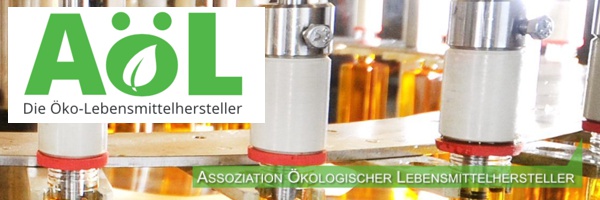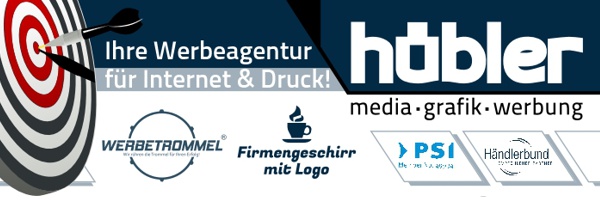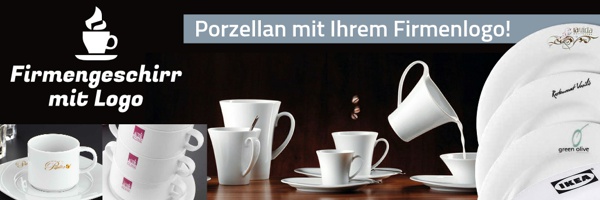Why does the bioplastics tool exist?
This online tool was developed as part of the project “Options for action for the use of sustainable bio-based plastics as packaging for food. Assistance with decision-making via an internet portal” funded by the Federal Ministry of Food and Agriculture (BMEL). It was extensively revised in a subsequent project funded by the BMEL, “Updating of and necessary further development of the bioplastics tool for packaging materials of significance on the market in order to increase the spread and acceptance of the use of sustainable bio-based plastics as packaging materials for foodstuffs” – (BioVP2).
Are you looking to use ecological packaging material made from renewable resources, and are searching for information and guidance on the packaging available on the market? Via this online tool, we provide you with decision-making aids to evaluate and compare bio-based packaging.
Packaging and food manufacturers as well as experts from the scientific community collaborated on its development. This online tool provides information on the six most important material groups currently available on the market. This information relates to the four criteria of ecology, social aspects, safety & technology and quality. Five material groups are described and evaluated based on sub-criteria such as land use, life cycle assessments, social standards and migration. The assessment is based on the quantity (number) and type (website, study, etc.) of the available information sources and the suitability of the information for making assessments (positive assessment / assessment in individual cases / predominantly critical assessment). As an aid to decision-making, the material groups can be compared with each other in terms of their assessment. In addition to the assessment information, a checklist is also available as a decision-making aid.
How does the checklist work?
This checklist summarises the most important points that you should check when selecting a new bio-based packaging solution or optimising an existing one. The checklist aims to help you formulate and prioritise your own requirements and standards for the packaging (material group). It will enable you to compare different material groups and thus select the most suitable one. Bio-based packaging should be thoroughly reviewed for suitability before a decision is made regarding packaging, and if necessary, also be backed up by your own practical tests, as it cannot always be guaranteed that sufficient tests are available for every application. The checklist is to be completed for each material group and should, if possible, take into account the entire packaging system with primary, secondary and tertiary packaging. The better the substance group fulfils the individual requirements, the more favourable the assessment. Key comments, experiences, prioritisations and references as well as other remarks can be recorded in the remarks column.
What do the symbols and abbreviations mean?
In order to keep the scope of the tool user-friendly, generally applicable abbreviations are frequently used. What the abbreviations mean can be found in the list of abbreviations. A system of symbols and a colour scheme were developed to evaluate the different materials. The data basis regarding quantity (amount) and quality (type) for the criteria (ecology, social compatibility, safety and technology, quality) is evaluated using a circle and a traffic light system.
Where can I get further information?
The packaging of an organic food is always an individual solution. The individual criteria must be weighted and brought into a balance that is appropriate for the individual case. For example, a deposit glass bottle for juice can be a very good solution if the sales area is not too large. Milk which is delivered in a tubular bag with a significantly reduced percentage of oil-based film saves finite resources in production and transport. The guide “Sustainable packaging of organic food” is intended to help companies in the organic sector to find suitable packaging solutions for their products. Bund Ökologische Lebensmittelwirtschaft (BÖLW) compiled the guide in cooperation with the Research Institute of Organic Agriculture (FiBL), Büro Lebensmittelkunde & Qualität (BLQ) and the consultant for quality and process management Ralph Weishaupt. Above all, the guide offers extensive information in a compact form: It outlines the legal framework conditions, lists the relevant criteria and provides advice for their assessment. It also introduces the major packaging materials and provides a rough assessment of them. A checklist helps those responsible to consider all relevant questions in the decision-making process. It also lists numerous sources of information for further research. Finally, it uses a number of examples to show how entrepreneurs reached the decision to use a particular packaging, how they discovered their limits, solved conflicts of objectives, or developed innovative packaging from scratch.





